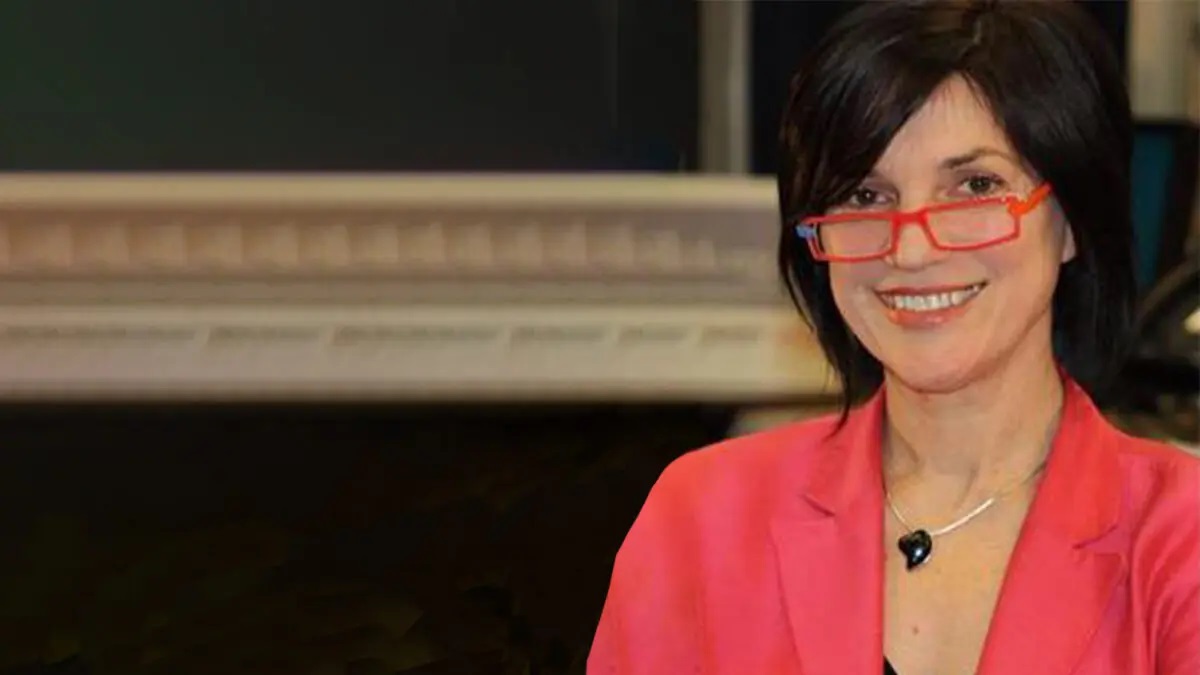Despite gains by women, gender gap in super will last decades at current pace: Report
Women have been slowly closing the ‘gender superannuation gap’ over the last 10 years, new Roy Morgan research shows, with the gender-based differences in both ownership levels and average balances declining as the average super balance continues to grow faster for women than for men.
However, the gap is still large, with women holding just 71.2 per cent of the average super balance held by men – and while that figure is up from 64.7 per cent in 2012, it will take women half a century to catch up at the current rate, according to Roy Morgan CEO Michelle Levine (pictured).
“The gender gap in superannuation has increasingly come into focus in recent years as women’s workforce participation has increased, but the disparity in average superannuation between men and women has persisted with only marginal improvements over the last decade,” Levine said.
The gap in 2012 between the percentage of women and men who had superannuation accounts was 8.6 per cent – only 66.2 per cent of women had super, compared with 74.8 per cent of men – but it has now fallen to 3.9 percentage points, with 70.9 per cent of women and 74.8 of men now in super, according to the report (see chart). The results are based on in-depth personal interviews with 500,000 Australians over the last decade, including more than 300,000 with superannuation.

The shrinking gap reflects the fact that the average super balance has grown faster for women than for men since 2012, at 38 per cent versus 26 per cent.
Despite the overall shrinking trend, the continuing disparities in super ownership and average balance reflect the fact that females across all age groups who work have much lower incomes than do males, the report stated.
The average wage level for females as a percentage of that of males drops for every age group, however, reflecting a gain in momentum: while women over 65 earn an average of 70.6 per cent of what men their age earn, women aged 18 to 24 earn 85.8 per cent as much as their male counterparts (see chart).

“Women in Australia continue to retire with far less superannuation than their male counterparts even though the longer life expectancy at birth for women in Australia is more than four years higher than for men (85.4 versus 81.3),” Levine said. Despite living longer, the average woman has just $154,000 in her super account, or 71.2 per cent of the average male balance of $216,000.
“This represents an increase of 6.5 percentage points over the last decade, when the average superannuation for a woman was only 64.7 per cent of that for the average man,” Levine said. “At this rate of increase, it will take another 50 or so years before the gender gap in average superannuation balances is finally eliminated.”
Income disparities add up
While the increasing focus over the past 10 years on the importance of closing the gender superannuation gap and improving female retirement funding has “resulted in some progress”, the report said, more clearly needs to be done. In addition to women earning less than men, it cited the fact that women lose more in super contributions than men due to interrupted employment as a systemic contributor to the gender super gap.
“Females with superannuation who currently work have an average income of $72,000 compared to males with $95,300,” according to the report. “That means that the average income of females is equal to only 76.3 per cent of the male average – although this is up from a figure of 74.6 per cent in 2018”, and higher than the 71.2 per cent figure for female and male super balances.
“It is most likely that the lower average income of females with superannuation is due to the fact that nearly half (45.3 per cent) of employed females work part-time, compared to only 23.5 per cent of males,” the report said, citing Roy Morgan employment data for March 2023.
Highlighting “significant gains in employment” over the last decade, Levine said women’s workforce participation rose to 65 per cent in March 2023 from 57.9 per cent in December 2012 – a 7.1 percentage point increase – with men’s participation increasing at a slower rate over that time, to 73.2 per cent from 72 per cent.
“Clearly, part-time work is associated with a lower annual income than full-time work, and this continues to contribute to the ongoing gender superannuation gap,” Levine said, with lower incomes translating to lower superannuation contributions and balances for women.
As for the goal of eliminating the gender superannuation gap, she pointed to potential policy reforms proposed by the non-profit Women in Super, including a suggested $1,000 government superannuation payment for women and other low-income earners aimed at bridging the balance gap and the removal of the $450 monthly pay threshold that “sees hundreds of thousands of women missing out on super contributions each year”.









